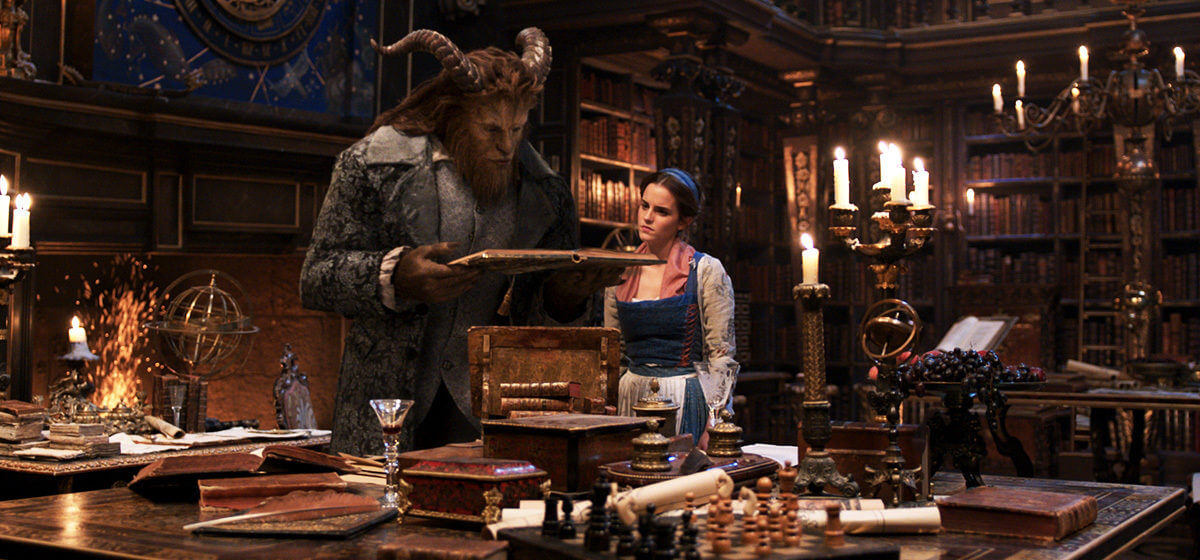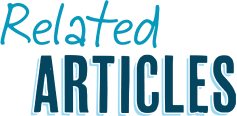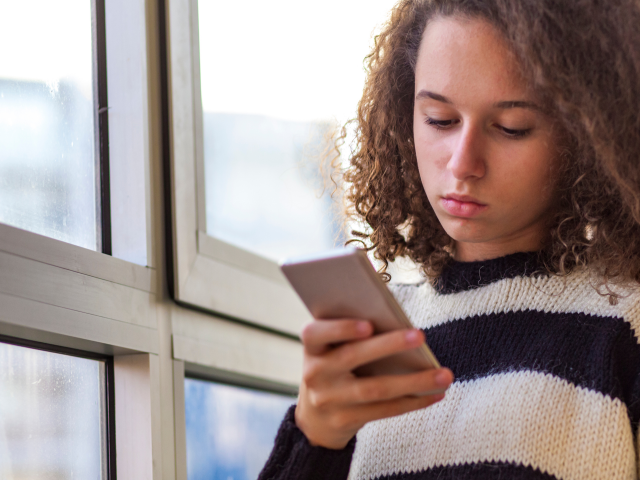When I was 7—on the fins of The Little Mermaid and before the magical carpet threads of Aladdin—Disney released Beauty & the Beast. And this is where my story and complete love affair begins.
I wasn’t your typical kid that could watch a movie on repeat—in fact, my parents were lucky if they could get me to sit down long enough for one whole movie at all. But Beauty & the Beast was different—capturing my attention and devotion; sometimes ad nauseam.
Perhaps it’s because Belle was different enough from your typical Disney princess archetype—and one that I identified with. She was a bookworm (like me), she’s fiercely loyal to her family (like me), she’s inquisitive (like me), and perhaps, most importantly she’s strong, independent and speaks her mind; shockingly refreshing given that Ariel from the Little Mermaid literally GIVES UP HER VOICE to woo her prince charming. Whatever the secret sauce was that made me self-identify with Belle, it was a front runner for movie choice in my elementary school years and my obsession with this movie translated as I got older.
No matter my age, there was something about the Beauty & the Beast story that resonated with me. So, you can imagine my shock and dismay when the fairytale was shattered for me as an adult: Belle is in an abusive relationship with the Beast.
As I look back on the scenes of this movie, I realize that there are a lot of unhealthy relationship behaviors exhibited by several characters throughout the story. Here are a few scenes where unhealthy relationship behaviors are front and center.

Image Source: Disney
1. Hey, I just met you and this is crazy. But I planned a wedding… so marry me maybe?
Early in the movie, Gaston sets his sights on Belle as his future wife because she’s the beauty of the town. [In case you’ve never seen the movie, Gaston hits all the markers for narcissistic personality disorder.] Determined to win Belle over, he follows her around the town market and then back to her home where he asks her to marry him. Belle graciously turns him down and sends him off where he falls into a muddy puddle. Embarrassed and dejected he says, “I’ll have Belle for my wife, make no mistake about that.”
It’s pretty easy to see that Gaston’s behavior is intense and obsessive. It takes two people to build a relationship around their collective aspirations and these are conversations that are best had together. Additionally, if you’re starting a new romantic relationship, it’s important for both parties to set the pace of the relationship—or in this case to start the relationship—together.

Image Source: Disney
2. Under pressure
When Belle first stumbles across the Beast’s castle, Lumiere and Cogsworth, two of the castle’s groundskeepers, begin plotting to get Belle and the Beast together, commenting, “Don’t you see… she’s the one we’ve been waiting for. She has come to break the spell.” In later scenes, they also put the heat on the Beast—and to some extent Belle—to be open-minded and make the relationship work. While it feels easy to forgive Lumiere’s and Cogsworth’s actions in the context of this movie (because they are humans stuck in inanimate objects like a candlestick and a table clock because of the Beast), these are also actions that should not be ignored or easily forgotten.
As a friend, we are oftentimes someone’s first line of defense at spotting unhealthy relationship behaviors. The things we say may influence our friend whether we know it or not, so we should be mindful about the conversations we have with our friends regarding their relationships. The best way to do this is to avoid using phrases like, “Oh you guys would be so perfect together” or “You two are soo cute” to describe our friends’ relationships. These phrases only amplify the already-existing and prevalent societal pressure to be in a seemingly perfect relationship and could prevent your friends from being open in the future about any unhealthy relationship behaviors or abuse they are experiencing. You can also encourage honesty about how your friend feels by asking them questions about their relationship.

Image Source: Disney
3. So much for that “adventure in the great wide somewhere.”
When Belle first enters the Beast’s castle in search of her missing father, she finds him locked in a jail cell and very ill. He insists that she leaves and she refuses to go without him. Queue the Beast in all his intimidation, control-hungry glory. Belle sacrifices herself for the release of her father, which the Beast agrees to saying, “You must promise to stay here forever.”
Isolating you from your friends, family and loved ones is a key controlling behavior in an unhealthy relationship because it’s a way to keep you away from people who might influence your decisions. In the movie, we see a very drastic example of isolation where Belle is imprisoned with no option of leaving. Isolation in an unhealthy relationship, however, may play out in more subtle ways. It may start with a comment from your partner about how they don’t like certain friends or family members (making you feel subconsciously guilty about wanting to hang out with them) and could escalate to a place where the partner insists that you don’t hang out with those people. No matter what degree of isolation you’re experiencing, it’s never ok. Healthy relationships are built on boundaries and trust. Which, BTW, Belle violates too by venturing into the forbidden West Wing.

Image Source: Disney
4. Beast dinner party of 1
After shunning Belle’s father from the castle, the Beast invites Belle to dinner by saying: “You will join me for dinner. That’s not a request.” The Beast has zero game. Belle doesn’t join him for dinner (no shock there) and the Beast’s anger boils over. He runs to her door screaming, “You’ll come out or I’ll break down the door” and when she still refuses to join him, he says, “Go ahead and starve.”
It’s ok to get angry—it’s an emotion we all experience—but when a person lashes out physically or verbally because of their anger that is abusive behavior. In the Beast’s case, he tries to intimidate Belle into submission by threatening to withhold food. Your partner’s anger should never scare you. If you feel this way (or know someone who does) you should seek professional help or counsel immediately.

Image Source: Disney
5. Beauty might be found within, but it shouldn’t require a magical mirror to find.
It’s no secret that on the outside the Beast is a hideous monster with a quick temper. But as the movie progresses we see another side to him. His personality softens to reveal someone who is compassionate and generous. By the end of the movie he even becomes a handsome prince! Underneath the scary persona that he perpetuates, the Beast has a good heart.
This concept perpetuates abusive relationships because most people in unhealthy situations think that while their partner might be rough around the edges, they have a good heart at their core. They might even think that, like the Beast, their partner will change in time. Unfortunately, as most people in abusive relationships very painfully discover after years of enduring unhealthy behavior, underneath the hostility and anger is an abuser, not a prince. The message the film sends is dangerous: if you overlook the violence and abuse, there is a tender-hearted person at the core.

Image Source: Disney
6. No matter how much you love someone, you can’t will them into being a better person.
After the Beast saves Belle from the wolves—not a metaphor, this actually happens—their relationship begins to change. The Beast slowly opens up to her emotionally. He loses his quick temper and starts to treat her with respect. He even starts to take personal interest in her hobby of reading by giving her access to the endless number of books in his library. They begin to fall in love and the Beast even sacrifices himself for Belle by letting her go save her father (with no obligation for her to return) thereby dooming himself and all the castle characters.
This is a narrative that is woven throughout our society – the idea that we can ultimately change someone if we’re patient enough, kind enough and sacrifice ourselves and our needs along the way. In reality, this is not what happens at all. In real-life abusive relationships, no matter how good of a partner you are, the abuser doesn’t change. You can throw everything you have into the relationship and go out of your way to appease their insecurities and emotional fits, but it will never be enough. That’s because the issue is NOT you – the issue is the abusive partner. No one can fix another person unless they want to fix themselves. That’s why it’s important to trust your gut and leave an unhealthy relationship before it escalates.
Because this movie has been a big part of my life, I am still very excited to see the live action version of this tale as old as time. But this time when I sit down to watch it, I’ll be looking more critically at Belle and the Beast’s relationship.
Tell us what you thought of the movie. Were you able to spot these unhealthy relationship behaviors? Comment below!
Browse by Category

Finding Strength in Our Stories: Domestic Violence Awareness Month
⚠️ Trigger Warning: This blog includes content and language related to relationship abuse. Please read with care. 💙 October is…
Understanding Domestic Violence Awareness Month (DVAM)
October is almost here, and that means it’s time to…
4 Students Share How They Helped a Friend in an Unhealthy Relationship
Watching a friend struggle in an unhealthy or abusive relationship…
Courageous Boundaries: Managing Life with Your Ex Partner by One Love Foundation and Miss Kansas, Alexis Smith
Co-authored by One Love Foundation and Miss Kansas, Alexis Smith …
How to End a Summer Romance or Friendship
Summer flings and friendships can feel fleeting. So why is…














